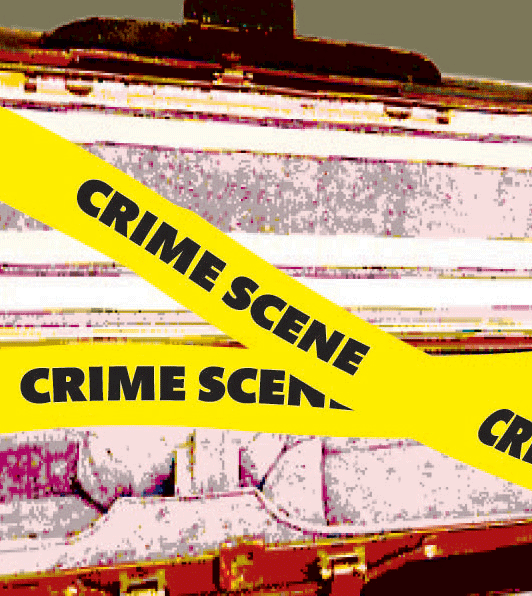
Violin dealers and musicians are not alone in following the auction performance of rare musical instruments. The spectacular saleroom prices realised by the finest violins have also attracted thieves in search of fresh goods for the illicit art market. While post-theft claims for insured instruments are often quickly settled, the process of tracing stolen goods and resolving ownership can run for decades.
Italian soloist Luigi Alberto Bianchi would doubtless counsel musicians never to abandon hope of being reunited with what was once theirs. His c.1595 Brothers Amati viola, known as the ‘Viola del Crocifisso’ after the crucifix decoration on its back, was stolen in 1980. Bianchi’s insurers settled his claim the following year. When the instrument came to light in Milan seven years ago, the insurers filed a lawsuit claiming ownership, which Bianchi contested. The dispute was finally settled in Bianchi’s favour in a Cremona court in April, when the musician agreed to compensate the insurance company.
Louise Deacon, assistant manager of the Lark Group insurance firm’s musical instrument division, observes that it is common for stolen instruments to surface long after insurers have paid for their loss. ‘We have a wording in our policy terms and conditions that the [former] owner, whose claim we’ve paid, has the right to purchase the instrument back from us,’ she says. ‘If the full sum insured has been paid, the client has the right to buy back [a recovered] instrument for the amount settled plus interest or the fair market value at the time of recovery.’
Lark recognises that the current market value of a long-lost Strad could prohibit its former owner from buying back the instrument. If and when the company traces violinist Min-Jin Kym’s Stradivari, stolen from a London sandwich shop in November 2010, Deacon says that it would negotiate with the underwriters to set a fair buy-back price. In such rare cases, she adds, an underwriter may sell the instrument for the value of the insurance settlement plus recovery costs.
Violinist Pierre Amoyal, whose 1717 ‘Kochanski’ Stradivari was stolen in 1987, recalls how he was more disturbed by his dealings with the instrument’s British insurers than with the Italian mafiosi involved in its recovery. His post-theft problems were compounded by confusion over the collection of one insurance premium payment. ‘When I called [the insurers in 1987] to tell them my violin had been stolen, they said the bad news was that I had not paid my premium and therefore was uninsured.’ On reflection, Amoyal suggests that his insurance claim’s rejection amounted to good fortune. ‘I got the violin back after four years. Its value would have risen so much more than the insurance value that I would not have been able to afford to buy it back.’??
Deacon says that Lark Group usually waits for police to conduct investigations before resolving theft claims. ‘If the instrument seems to be irretrievably lost after one month, we then settle the claim. For very large claims, such as Ms Kym’s, we would hire a loss adjuster to investigate every detail for us. If their reports and those of the police are inconclusive, then we have no option but to pay the claim.’ She adds that musicians should make sure that instruments are insured for their full market value; quite often, they are not. ‘We advise our clients to get regular revaluations.’
Musicians insured by Allianz Musical Insurance are instructed to check their instrument’s value with each policy renewal. Colin Young, spokesperson for the company, says that changing market prices and fluctuations in the value of the insurer’s home currency should be taken into account when setting the insurable value for any instrument. ‘If the value has risen by £50,000 since it was last insured and sterling has fallen against the dollar, then that needs to be factored into the new policy.’
Although the ‘Kochanski’ Stradivari is now comprehensively insured, Amoyal questions the wisdom of travelling with million-dollar instruments and maintaining insurance to match the attendant risks. ‘I think we’re slowly approaching a time when violinists lucky enough to own or play on such instruments will hesitate to use them in public. This is terrible for the audience, but I can see wonderful violins being kept in museums, banks or the private collections of the rich.’
First published in the June 2013 issue of The Strad.
Subscribe to The Strad to read an Analysis report every month.


























No comments yet